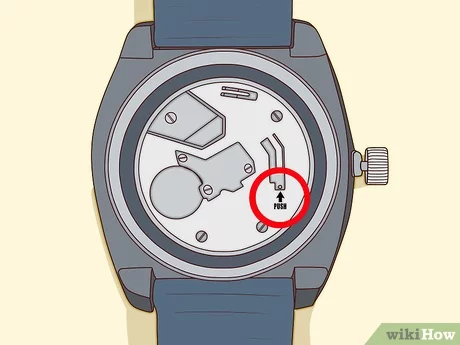How to Get Music Rights: 7 Steps

The music industry is a complex web of rights and permissions, especially when it comes to using songs for your own projects or performances. Whether you’re making a film, putting on a play, or producing an advertisement, it’s essential to obtain the proper rights to avoid legal issues. In this article, we’ll walk you through the 7 steps to get music rights.
1. Identify the Rights Holders
Before you can request permission to use a song, you need to find out who holds the rights to the piece. This can include the songwriter, publisher, and record label. A good starting point is searching online databases like ASCAP, BMI, or SESAC, which represent performing rights organizations.
2. Determine the Rights Needed
You will need different types of rights depending on how you plan to use the music. For instance, if you’re making a film, you’ll need synchronization rights; if you’re producing a live performance or event, you’ll need public performance rights; and if you want to create a cover version of a song to distribute digitally or on physical media, you’ll need mechanical rights.
3. Contact the Rights Holders
Once you’ve identified the rights holders and determined the types of rights needed, reach out to them directly via email or phone. Explain your project and why you are seeking permission for their work. Be prepared to discuss details such as usage duration and territories.
4. Request Permission
Formally request permission for your specific use of their work in writing. This may include providing a detailed outline of your project as well as specifics about what type of license and distribution channels you require.
5. Negotiate Terms and Fees
Negotiations with rights holders generally involve hashing out terms such as licensing fees, royalty rates, and territory limitations. Some factors that may affect licensing fees include your project budget, exclusivity requirements (if any), projected revenue, and prominence of the song within your project.
6. Sign a Licensing Agreement
A licensing agreement is a legally binding contract between you and the rights holder, detailing the specific rights granted to you. Once both parties agree on the terms, sign the licensing agreement. This document will serve as proof of permission to use the song in your project as agreed upon.
7. Pay Licensing Fees and Royalties
After signing the licensing agreement, pay the agreed-upon licensing fees and schedule any additional royalty payments if applicable. Make sure to stay up-to-date with these payments to avoid any legal complications down the line.
By following these 7 steps, you’ll be well on your way to securing the necessary music rights for your creative projects. Keep in mind that obtaining music rights can take time, so it’s crucial to start this process early in your project’s timeline.






